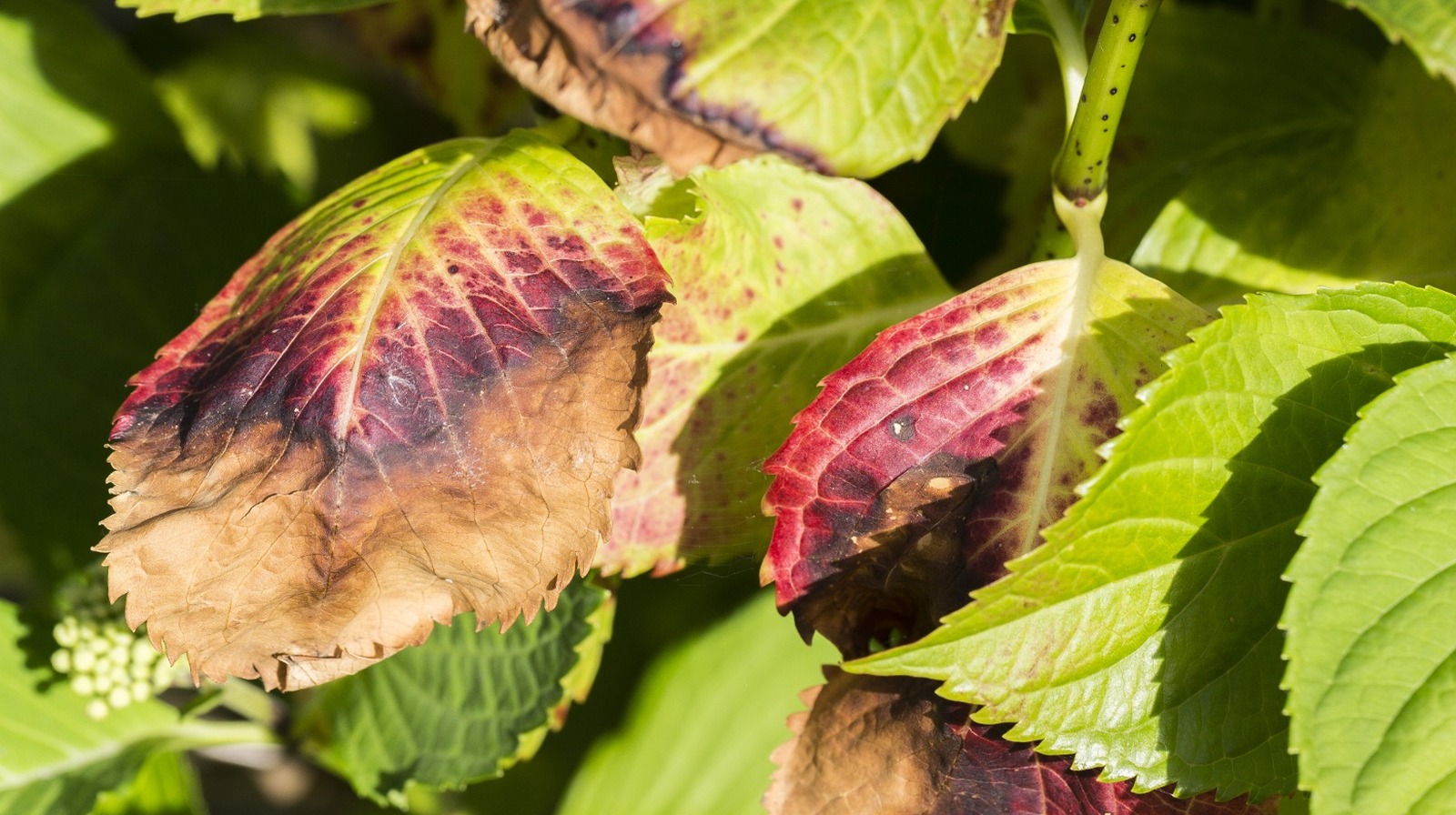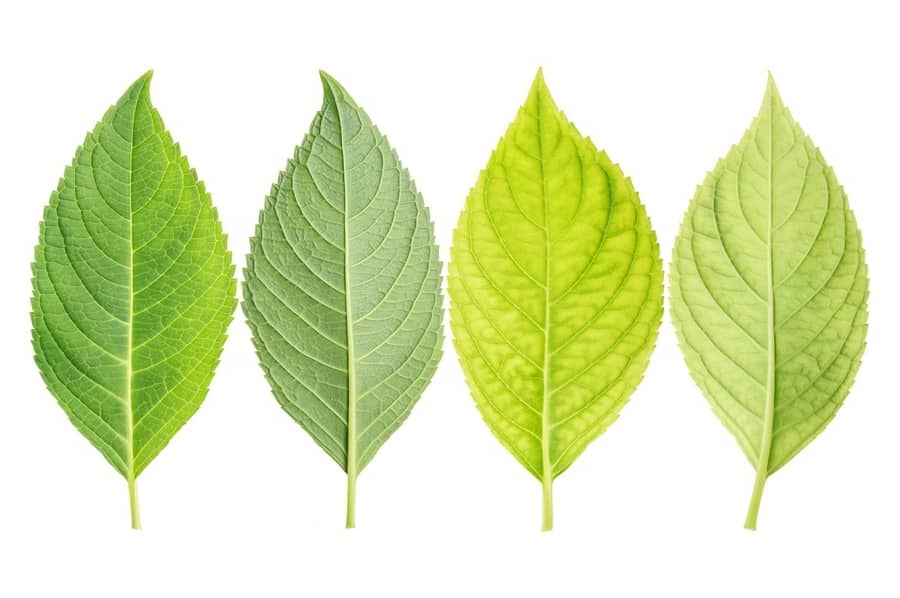The Ultimate Guide To Hydrangea Leaves Turning Yellow
An Unbiased View of Hydrangea Leaves Turning Yellow
Table of ContentsTop Guidelines Of Hydrangea Leaves Turning YellowNot known Facts About Hydrangea Leaves Turning YellowGet This Report on Hydrangea Leaves Turning YellowAbout Hydrangea Leaves Turning Yellow
Huge fallen leaves usually look sagging throughout the mid-day warm. When they stop working to perk up in the night or still look wilted in the early morning, your plant can be overwatered.Get rid of the plant from the soil and prune out any kind of roots that aren't white and turgid (plump). Replant in a brand-new location or function some sand into the soil for much better drain.
Include a little bit of distilled water, stir the active ingredients, and drain pipes the extra water. Put a p, H testing strip in and wait for an analysis.
The very best method to do that is with dirt amendments. Sphagnum moss or peat moss avoids the dirt from condensing and betters dirt water drainage while additionally increasing the dirt's acidity. You can scatter sulfur chips in your hydrangea soil also. The most convenient means is to simply utilize a fertilizer that assists keep the right acidity in the soil while additionally feeding the plant.
The 9-Minute Rule for Hydrangea Leaves Turning Yellow
This is one excellent reason to repot houseplants regularly (though there are others, such as root development for instance). It is additionally why houseplants need a much more stringent fertilizing routine than most outdoor plants. When a hydrangea houseplant is deficient in nutrients, its fallen leaves will certainly be the first to show the indicators.

You will certainly additionally require to feed the plant manually and normal periods. When springtime begins in March, it's the energetic expanding season for numerous houseplants, including hydrangeas.
The dripline is the location situated under the foliage that is the furthest far from the facility of the plant. Instead than using feed to the center of the plant it is best to concentrate it primarily in the external areas of the pot. If you would certainly instead utilize a slow-release fertilizer such as granular or spike plant food, then cover either type with some dirt after you place them.
Our Hydrangea Leaves Turning Yellow PDFs

The hydrangea is remarkably frost-resistant, as soon as temperature levels begin obtaining into have a peek at this website the 20s, this page the plant is in major risk. If the temps are in the reduced 10s, that threat is more extreme still. Clearly this is even more of a problem with exterior plants so if you maintain potted hydrangea outside you must bring them inside your home in very cool weather conditions or also take into consideration transferring them inside for the period of the winter.

A dehydrated hydrangea, A huge issue with several houseplants is root rot. Root rot happens when you overwater a plant and since it is such an usual trouble (especially with succulents) numerous houseplant owners are scared of overwatering their plants. Hydrangeas need even more watering that the majority of various other common houseplants and can become dehydrated when they are underwatered.
Hydrangea Leaves Turning Yellow Fundamentals Explained
They require large quantities of water, but they also despise to expand in standing water or water soaked dirt. Be definitely sure that your hydrangea is dehydrated as a result of an absence of water and not due to it be given also much water (a lot more on this later). Know prior to you get hold of that watering can that an overwatered hydrangea shows the same signs and symptoms as an underwatered one! Overwatering is a serious issue if you skimp on its water requirements also a little bit, your hydrangea will certainly be fast to reveal it.
The best method to establish if your hydrangea is underwater is to inspect the dampness levels in the soil. By making use of an effective however cheap wetness and p, H tester, or by sticking your finger right into the dirt, you will promptly tell if the plant needs water. So, to obtain your hydrangea sprinkling behaviors on the best track, you require to be conscious about the wetness degrees in its soil.
When you eliminate your finger from moist soil it will have small amounts of soil our website residue stayed with it. Dry soil will indicate your finger appears clean or with dry soil that is quickly blown away. If it's damp, and the plant has yellow leaves then the plant has likely been overwatered and you will require to adhere to the suggestions given up the section below.